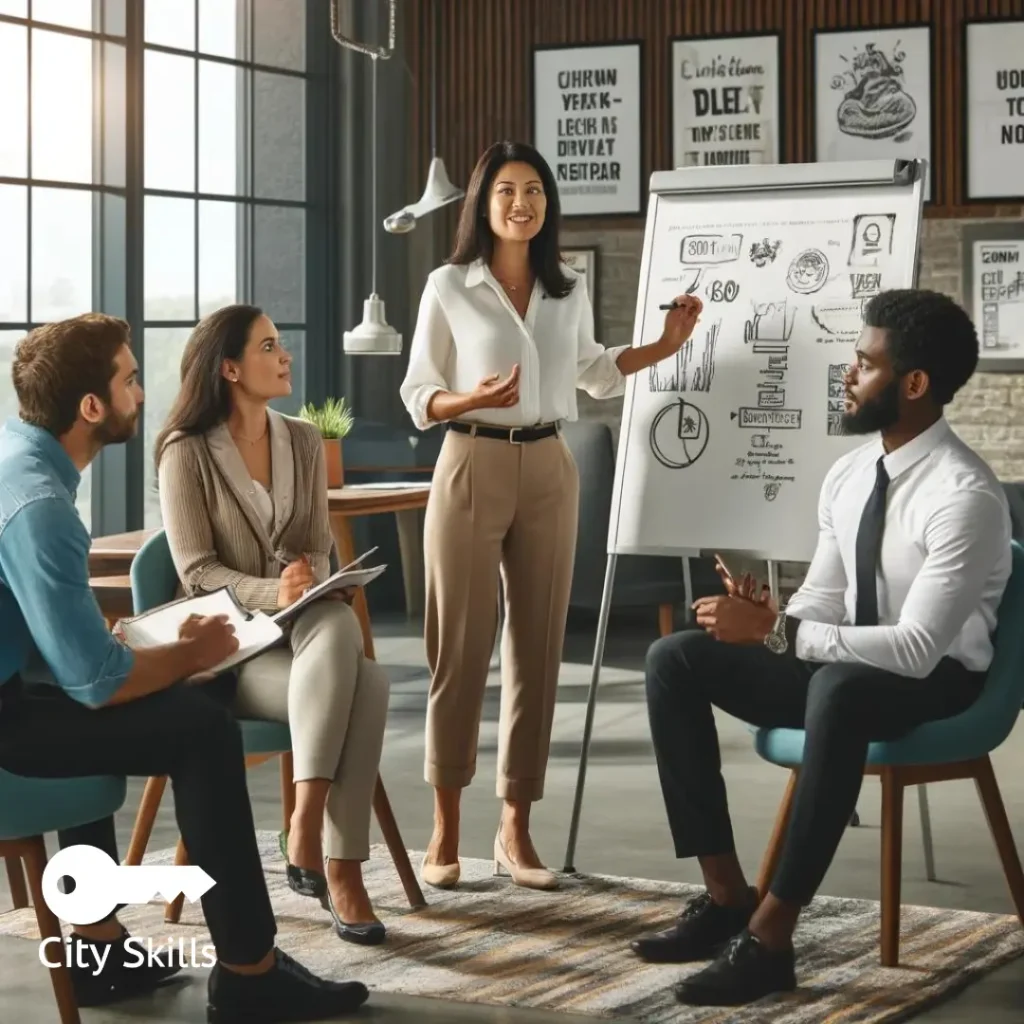
Transforming Leadership: From Time Management to Impactful Engagement

Leadership Isn’t About Managing Your Time; It’s About the Impact of Your Actions
Let’s get straight to the point. Leadership today is not about managing your calendar. It’s about the impact of your actions. Many people fall into the age-old trap of treating their leadership role as a checklist of tasks and meetings. Sure, you might be present at Gemba or attend every meeting, but if there’s no genuine engagement, are you really leading? Spoiler alert: the answer is no.
The Role of Genuine Curiosity
Now, picture this scenario. You’re sitting in a meeting, nodding along as the agenda unfolds. But deep down, are you truly curious? Are you asking questions, seeking understanding, or just counting the minutes until you can escape? Authentic leadership goes beyond mere attendance. It requires a thirst for knowledge and a willingness to engage with your team on a deeper level. Once we shift our focus from simply being present to fostering curiosity, we unlock potential that has been hiding in plain sight.
At City Skills, we’ve been exploring a checklist that zeroes in on behaviours that make a real difference. It’s not enough to show up; we’ve got to bring our true selves to the table. This checklist encourages leaders to look inward and assess how they are engaging with their teams. Are you inspiring others to contribute, or simply dictating outcomes? Once you start valuing your actions over your schedule, everything changes.
The Connection Between Psychological Safety and Leadership
Let’s talk about something that’s essential but often overlooked: psychological safety. It’s a fancy term, but it’s really about creating an environment where your team feels safe to voice their ideas and concerns. When people feel secure, they’re more likely to contribute meaningfully, ask difficult questions, and voice innovative ideas. This is vital for continuous improvement, something that should be at the heart of any organisation.
This brings us back to our leadership checklist. Are you building a culture where it’s okay to mess up? Are you encouraging open dialogue? If your leadership style doesn’t foster psychological safety, you might as well be managing a revolving door of talented individuals looking for a place where they can be truly engaged and impactful.
From ‘Showing Up’ to ‘Fostering Change’
Going beyond just showing up is crucial for leaders dedicated to creating improvement. It’s about designing an environment where innovation and enthusiasm can thrive. One of the best insights I’ve gained throughout my career is that when leaders invest in the well-being and engagement of their teams, they often get back tenfold in terms of productivity and creativity. It’s about more than just hitting targets; it’s about creating a legacy of authentic leadership.
So, ask yourself: What kind of leader do you want to be? Are you pushing past the surface to ensure that your actions resonate, or are you content with routine? The shift from mere presence to promoting genuine engagement requires bravery and commitment, but the rewards are nothing short of extraordinary.
What’s Your Take on Creating Genuine Engagement?
Before we wrap this up, let me leave you with one last thought. Leadership is not static. It evolves as we evolve. So, what steps can you take today to transition from managing time to making a meaningful impact? Perhaps think about how you can incorporate some of the principles we’ve discussed. Will you challenge yourself to be more curious? Will you focus on fostering a team culture of safety and innovation?
Let’s take this conversation further. I’d love to hear your thoughts on creating a more engaged workplace culture. After all, we’re all in this together — let’s make our actions count.
Curious to dive deeper? Check out our latest findings at City Skills. [insert link]
#CitySkills #Leadership #ContinuousImprovement





